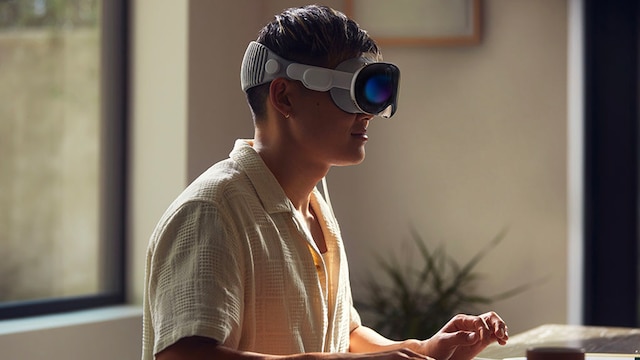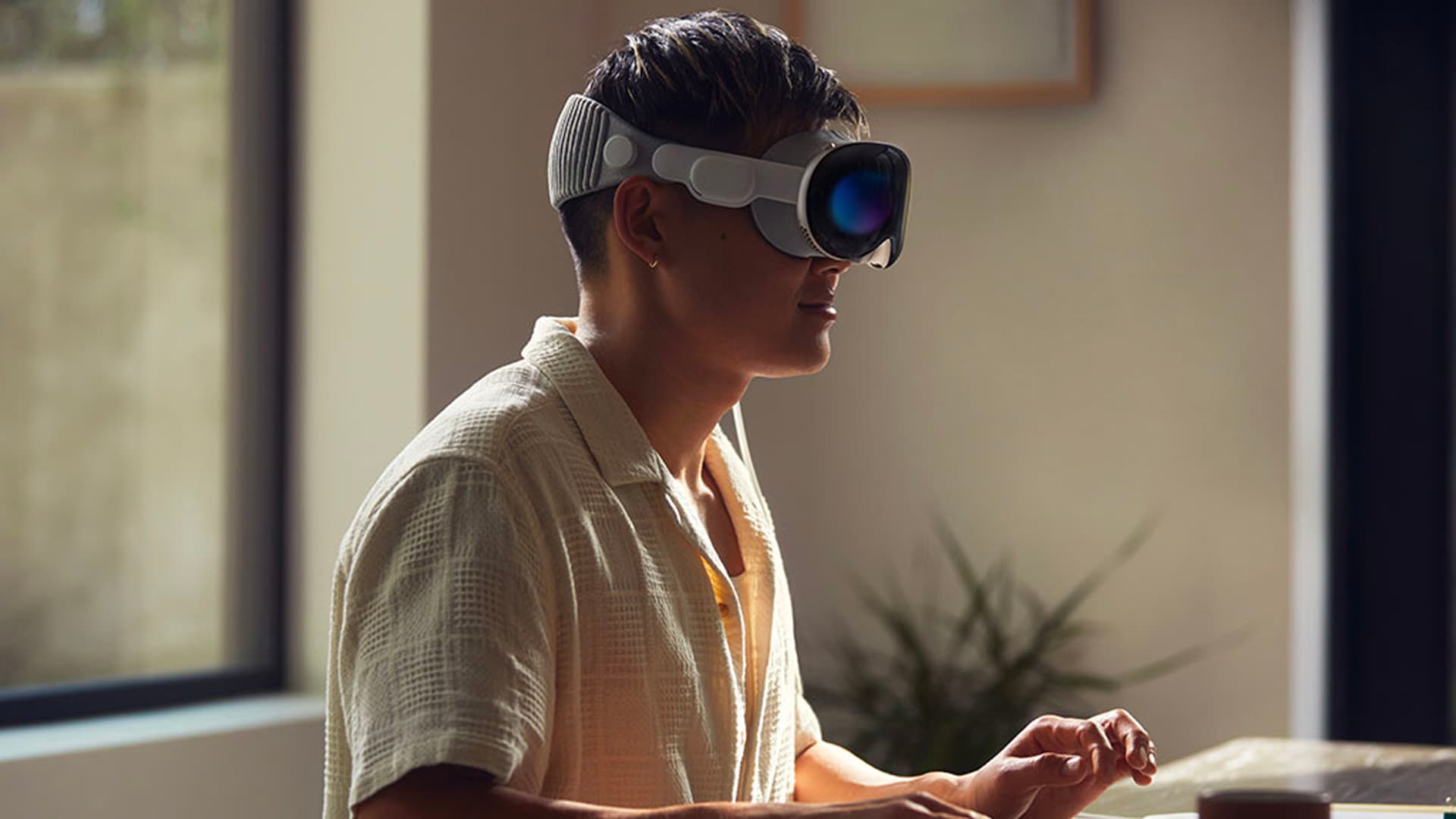Apple is working on a cheaper version of Visison Pro, to cut down on sensors, key features

Apple is reportedly restarting its work on a cheaper version of the Vision Pro AR/VR headset. Apple will price the budget Vision VR headset for between $1500-2000 and cut down on a number of sensors and key features that sets the Vision Pro apart from other AR/VR headsets
Apple’s journey into the world of spatial computing appears to be expanding as recent reports suggest the tech giant is actively working on a more affordable iteration of its groundbreaking spatial computer.
Bloomberg’s reliable tech insider, Mark Gurman, disclosed that the company is in the process of developing a lower-cost model, which would follow the debut of its inaugural offering, the Apple Vision Pro, introduced earlier this year.
In his latest weekly newsletter, Gurman divulged Apple’s strategic move towards diversifying its spatial computing portfolio. The company is reallocating resources from the development of more advanced AR glasses to focus on creating an economical headset that aims to cater to a broader consumer base.
Related Articles

Apple announces Diwali sale, offers massive discounts on iPhones, iPads and MacBooks

Minting Money: Apple CEO Tim Cook made $41 million from stock sale, the largest in two years
The big news here is the expected price point. Gurman disclosed that Apple is targeting a price range for the forthcoming headset between $1,500 (approximately Rs. 1,24,900) and $2,500 (approximately Rs. 2,08,100). This price is notably more accessible than the Apple Vision Pro, which was unveiled with a heftier price tag of $3,499 (approximately Rs. 2,91,400).
However, to achieve this lower price point, Apple may have to make some concessions. One key feature on the chopping block is EyeSight, a distinct cosmetic attribute of the Apple Vision Pro.
EyeSight projects a user’s eyes onto the curved OLED external panel of the headset when not engaged in immersive content. It’s highly probable that the more affordable Apple Vision headset may not include this unique feature.
Furthermore, Gurman hinted at the potential reduction in the number of external cameras and sensors on the upcoming Apple Vision headset.
The Apple Vision Pro boasted an impressive array of 14 cameras, a LiDAR scanner, infrared sensors, and LED illuminators, all designed to enhance the headset’s environmental awareness and provide a richer, more immersive experience, complete with finger-based gesture controls.
Gurman has previously suggested that Apple’s pursuit of a budget-friendly headset might involve cost-cutting measures. These could include using an iPhone-like chip instead of the powerful Apple Silicon chipsets found in Mac computers, as well as employing displays with lower resolutions.
As the company continues its efforts in the realm of spatial computing, more details about this purported headset are expected to emerge in the coming months. Apple appears poised to diversify its product lineup and potentially bring the world of spatial computing within reach of a wider range of consumers.
For all the latest Technology News Click Here

